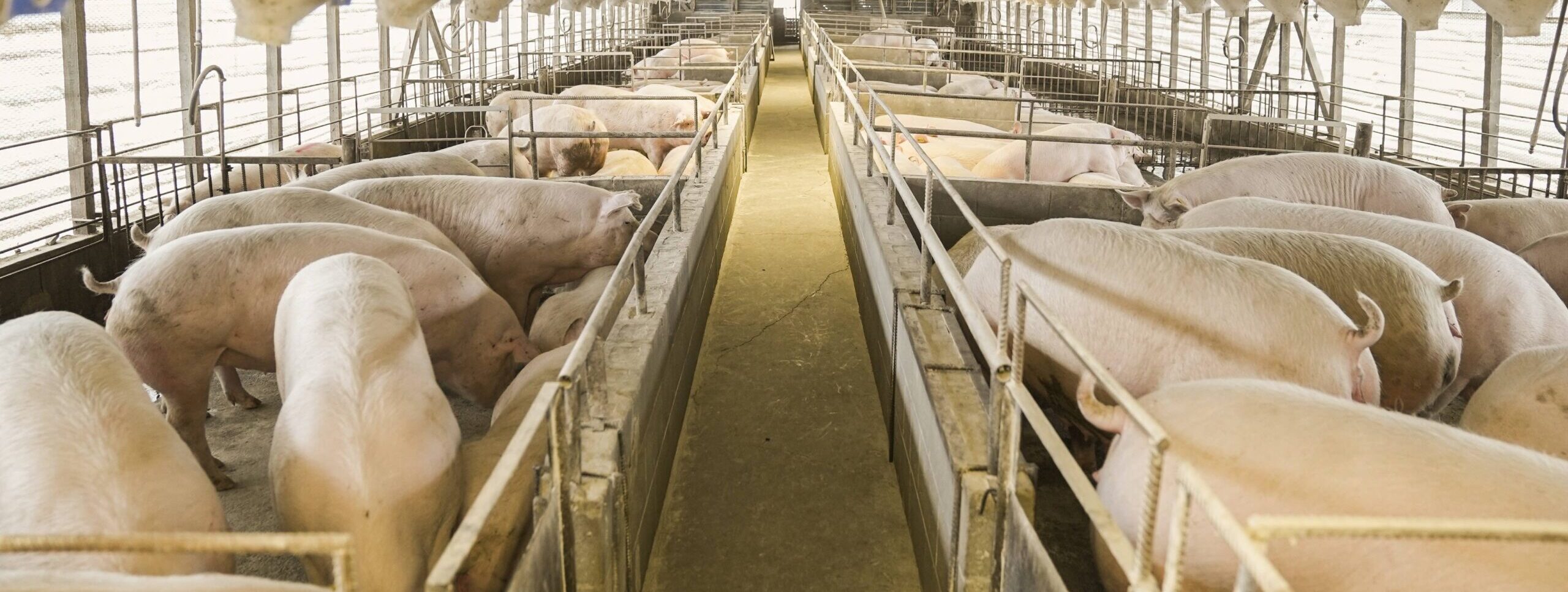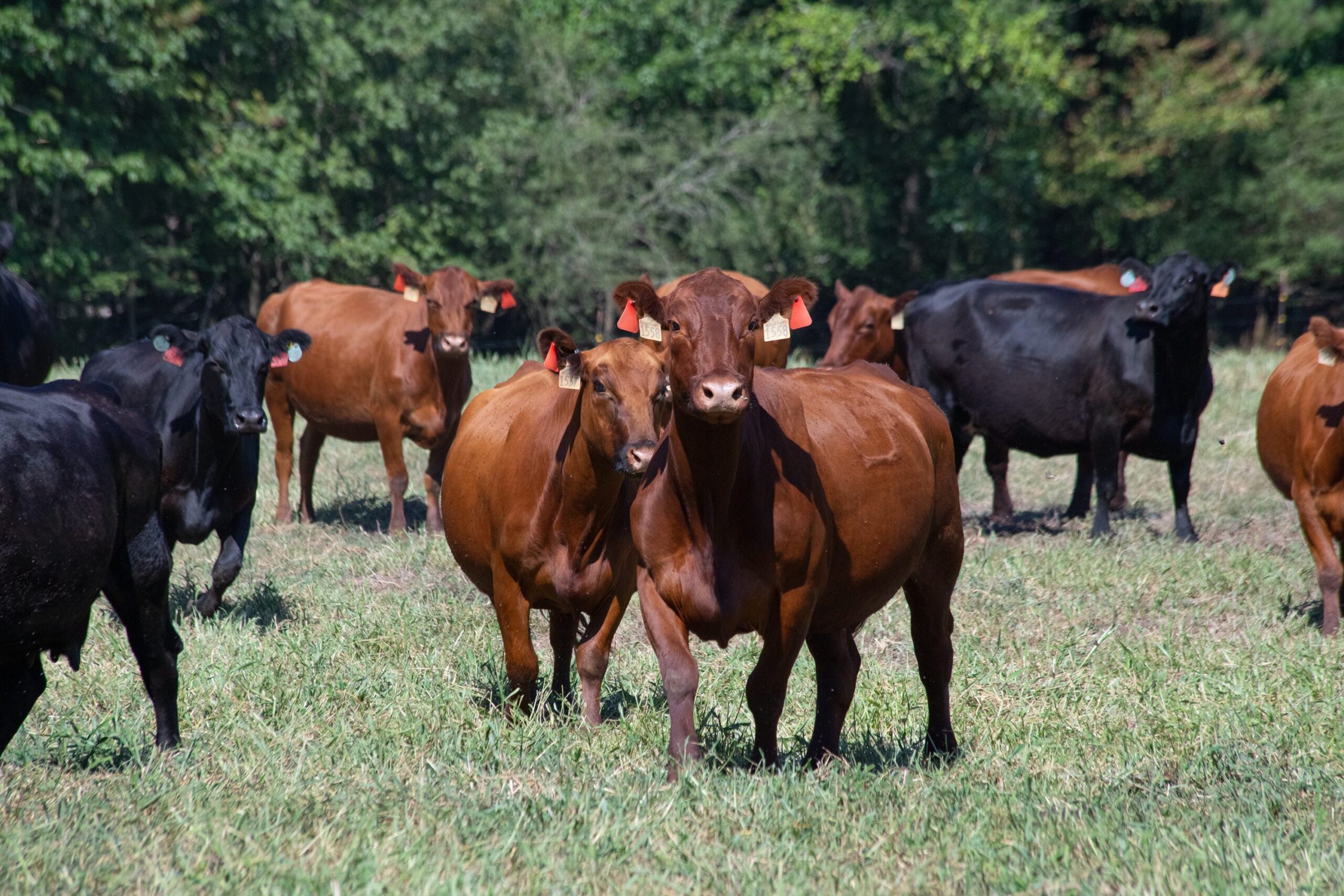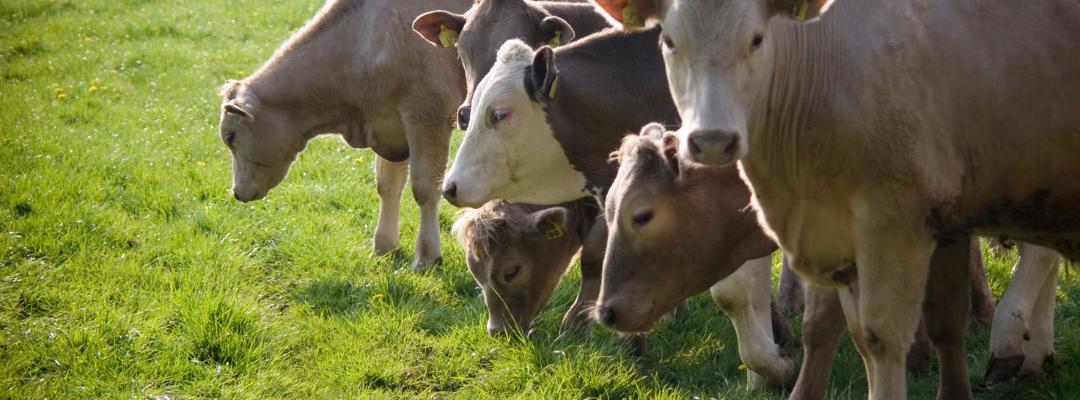USDA released its Hogs and Pigs report at the end of December. In addition to breeding and market hog inventories and farrowing intentions for early 2024 the report includes data on pigs per litter and litters per breeding animal. The pork industry has experienced tremendous productivity gains over the last several decades. Among those gains are nutrition and genetics, feed efficiency, dressed weights, but also those related to the sow productivity, like litters per year and pigs per litter. Last week’s SAT mentioned dressed weights as a source of beef production efficiency gains. This week’s will examine pigs per litter and its contribution to production and prices for the coming year.
In 1998, the average litter of pigs included 8.7 pigs. A boom in productivity followed with the latest Hogs and Pigs report indicating pigs per litter at 11.7 pigs. The rapid growth through the early 2010’s was halted by porcine epidemic diarrhea virus (PEDv) that cut pigs per litter by about 0.75 head, or 7.6 percent. Growth began again after the worst effects of PEDv passed but at a lower plane for several years. Pig per litter growth remained fairly flat from about 2019 through 2022 but, jumped rapidly in 2023. A variety of disease factors combined to limit growth but as those pressures have lessened pigs per litter has spiked higher.
So, what does this mean for the hog market over the next few months? Estimated farrow-to-finish returns have been mired in large losses for 10 of the last 12 months. In fact, hog producers have been losing money and reducing herds worldwide for some months. The U.S. breeding herd was estimated to be 5.999 million head, the fewest since December 1, 2014. Farrowing intentions for the December through May period are expected to be the fewest since 2015. But, the increase in pigs per litter is large enough to keep projected commercial hog slaughter and pork production above a year ago in 2024. More pork production will keep the pressure on hog prices and may limit upside potential.



Anderson, David. “More Pigs.” Southern Ag Today 4(2.2). January 9, 2024. Permalink












